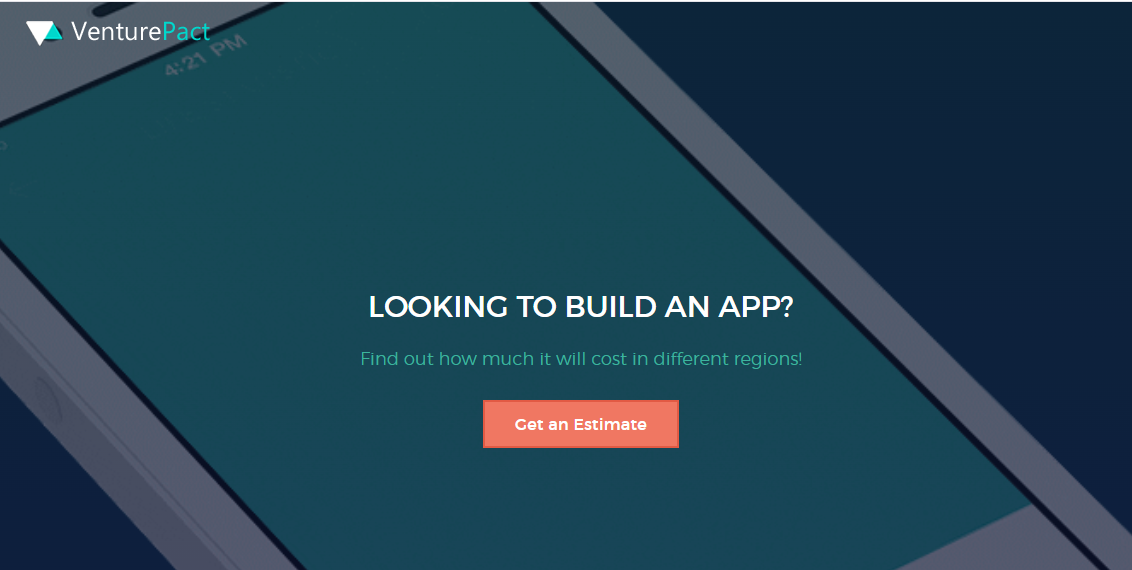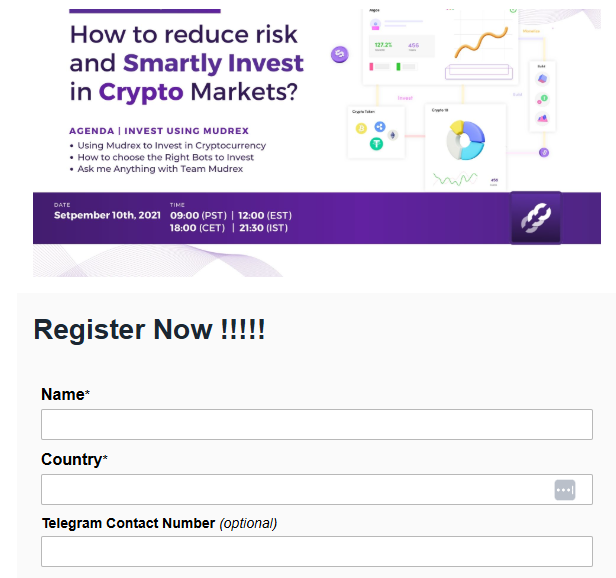If your pipeline feels like it’s stalling, forms might be to blame.
On paper, B2B lead forms are logical tools to capture data, route leads, and start the sales process. In practice, however, they’ve become a source of friction.
Modern buyers don’t want to fill out yet another form just to get a demo or download a PDF—and many won’t. Studies show 81% of users have abandoned a web form after starting it, and more than two-thirds never return once they drop off.
By the time a prospect encounters your form, they may have already made up their mind anyway—roughly 70% of B2B buyers have visited your site multiple times and decided whether to work with you before ever contacting your team. When any extra friction gets in the way, they simply move on.
This post explores why traditional B2B forms are misaligned with how people buy today, and what to do instead. We’ll unpack the hidden costs of forms and then walk through three modern, low-barrier alternatives that reduce friction, deliver value upfront, and help re-engage your pipeline with smarter, faster tools.
The Hidden Cost of Traditional B2B Forms
Forms seem simple, but they can quietly drive away your highest-value prospects. Before you’ve offered any value, you’re already asking for something in return, and in a world of on-demand information, that tradeoff feels off-putting.
Invisible Barriers and Eroded Trust
High-value buyers don’t like to be funneled. When a form stands between them and the information they need, it signals that your company is more interested in capturing data than solving problems.
That dynamic erodes trust early. Buyers know the routine: fill out a form, get a vague follow-up email, sit through a generic sales pitch—and brace for the spam that might follow.
In fact, 71% of senior B2B tech decision-makers say they’re often disappointed by the value of gated content they receive after providing their info. Every unnecessary field becomes a reminder that your process was built for your CRM’s convenience, not for the customer’s benefit. And if a prospect gets spammed because they filled a form, nearly half say it makes them unlikely to buy from that brand at all.
Self-Education Is Now the Default
B2B buyers expect the same control they have in their consumer lives. They prefer to research independently, compare vendors, and narrow their shortlist long before they’re ever ready to talk to sales.
Analysts estimate buyers are about 70% of the way through their buying journey before they engage a vendor’s sales team. Most of the process is now self-directed and happens outside your gated content and forms.
So what’s the alternative? Instead of forcing everyone through a form, leading B2B companies are adopting new approaches that remove friction and create value before asking for contact info. Below, we’ll break down three modern tactics you can deploy in place of traditional forms.
Three Modern Alternatives to Forms
1. Create Interactive Tools
Interactive tools let buyers explore on their terms. Instead of gating a bland PDF behind a form, offer something dynamic—like ROI calculators, assessments, configurators, or product tours. These tools deliver instant value while giving you deeper insight into buyer intent. When someone willingly inputs a few details to get tailored benchmarks or recommendations, they’re engaging in a two-way value exchange.
Real companies are seeing powerful results with this approach:
- HubSpot’s Website Assessment Makes the Grade. HubSpot’s web performance grader lets users input their URL to receive an instant, personalized report. Despite minimal interaction, the tool consistently drives high engagement and lead capture by delivering immediate, high-value feedback up front.
- Demandbase uses intent data to drive pipeline efficiency. B2B tech company Demandbase partnered with Cognism to launch an interactive, comic-style asset instead of a gated PDF. The campaign drove an 800% increase in page views, over 4,000 asset clicks, and a total influencer reach of 8.45 million—showing how engaging, ungated content can massively amplify visibility and engagement.

- VenturePact’s Pricing Calculator. VenturePact used Outgrow to launch a mobile app cost calculator addressing buyers’ top concern: price. In just two weeks, the tool boosted traffic by 15%, increased conversion rates by 28%, and generated over 11,000 leads—proving that calculators can be both informative and viral lead generators.

- Mudrex’s Embedded Email Registration. To ease investor concerns about blockchain, Mudrex launched educational webinars, but struggled with signups. By embedding Mailmodo’s interactive registration form directly into their emails, they eliminated the need for landing page redirects. The result: a 280% increase in webinar registrations, proving that minimizing clicks can significantly boost engagement and conversion.

These examples show how delivering value up front, leads to stronger engagement, better-qualified leads, and richer behavioral data. Whether it’s a self-assessment that helps buyers benchmark their performance or a calculator that estimates ROI, interactive content aligns with how modern buyers prefer to engage: actively, anonymously, and on their timeline.
Why it works: Interactive tools reduce friction and make the experience feel helpful, not transactional. They also offer a smarter way to qualify leads. Instead of relying on static forms, you gain behavioral signals based on what buyers explore, share, and click. That means a higher-quality pipeline, more relevant follow-up, and a better first impression.
2. Utilize Intent Data
Most B2B research happens long before buyers ever reveal who they are. They’re reading articles, searching for solutions, visiting your website anonymously, leaving digital breadcrumbs known as intent data. This is where intent monitoring tools like 6sense, RB2B, and Factors come in. These platforms analyze anonymous buying signals (repeat visits, content consumption patterns, comparative research spikes, etc.) to surface accounts or individuals showing real purchase intent before they fill out a form or hand you their contact info.
With these intent insights, marketing and sales teams can shift from reactive to proactive. Instead of waiting and hoping for a form fill, you can prioritize outreach to accounts that are “raising their hand” through activity.
For example, if an account has a surge of visits to your pricing and product pages, or employees at that company are reading multiple articles on a relevant topic, intent tools will flag it. Your sales team can then reach out with timely, highly relevant messaging – catching the buyer at the right moment with the right context.
The impact on the pipeline can be tremendous. Companies leveraging intent-data platforms report significantly higher efficiency and conversion: one analysis found that focusing on high-intent accounts can triple conversion rates compared to blind outbound approaches.
Example: Bynder, a digital asset management SaaS firm, implemented 6sense’s intent data solution and saw a 250% increase in outbound pipeline as a result. By zeroing in on accounts showing interest and readiness, they drastically improved their BDRs’ success rates. (They even achieved ROI on the tool within 4 months by closing deals faster.)
3. Implement Conversational Marketing
Live chat and chatbots replace static forms with real-time engagement. Tools like Salesoft’s Drift and Intercom give site visitors a direct line to your team, or to helpful automation that can answer questions, qualify intent, and book meetings instantly.
That responsiveness builds trust quickly. It also uncovers challenges and buying signals that never appear in a form submission. When the path to answers is clear, buyers get the clarity they need to move forward confidently.
Next Steps for Change
You don’t need a full-scale transformation to start seeing results. Begin with one practical test on a high-impact area of your funnel.
Then watch how prospects respond. Do more visitors engage? Do qualified conversations happen sooner? Use that insight to guide your next step.
Measure What Matters
The number of form fills tells you very little. To gauge actual progress, look at how your pipeline moves. Are qualified leads showing up earlier? Are conversations happening faster and more often? Metrics like lead quality, meeting requests, and sales velocity show whether your system is aligned with how buyers make decisions today.
Align Around the Real Journey
Too many teams are still optimizing for the internal process rather than the buyer’s experience. Growth happens when sales and marketing work from the same map. That means removing delays, offering answers upfront, and making it easy for buyers to move forward without friction.
If you’re ready to test more innovative strategies, New North can help. We bring the tools, guidance, and execution support to turn quick wins into long-term momentum. Together, we’ll build a pipeline that reflects how B2B buyers buy and how your team wants to grow.
Frequently Asked Questions
Why are traditional B2B forms less effective today?
Modern buyers expect self-service and immediate access to information. Forms introduce friction early in the journey, often causing high-intent prospects to abandon the process before engaging with your team.
What’s the biggest risk of relying on gated content?
You risk losing qualified leads to competitors who offer clearer, faster ways to get answers. If buyers can’t find what they need without a form, they’ll look elsewhere.
What are some alternatives to lead forms that convert?
Interactive tools (like ROI calculators), intent data platforms, and real-time chat are all proven alternatives. They offer buyers value upfront and give your team better insights.
How does intent data improve pipeline quality?
Intent data reveals which companies are actively researching your solutions—often before they identify themselves. This allows for timely, relevant outreach while interest is high.
Is removing forms risky for lead generation?
Not when it’s done strategically. Replacing high-friction forms with buyer-friendly tools often increases engagement and lead quality. The key is to test and measure performance page-by-page.
Can New North help us test these tactics and improve our buyer journey?
Yes. New North works with B2B tech companies to modernize their pipeline strategies. We’ll help you test interactive tools, operationalize intent data, and align every touchpoint with buyer behavior. Schedule a call to see what that could look like for your team.







